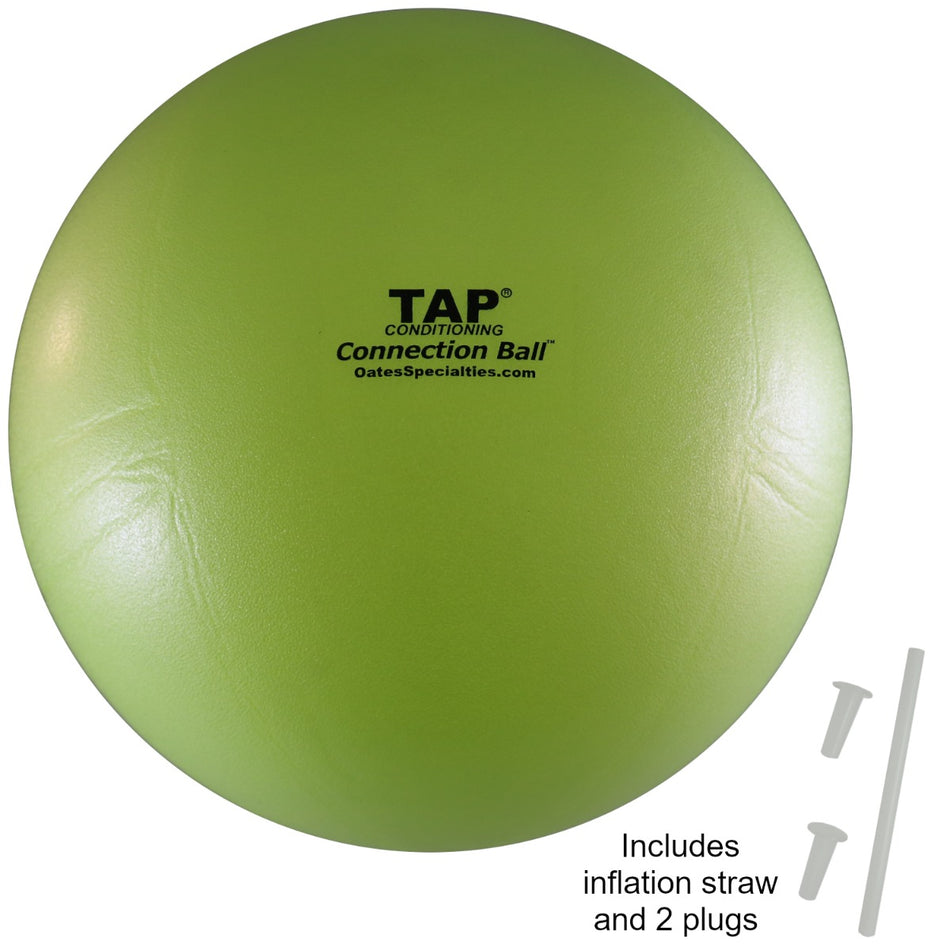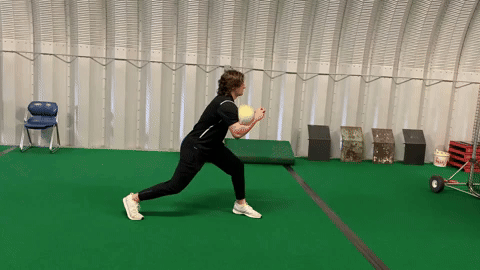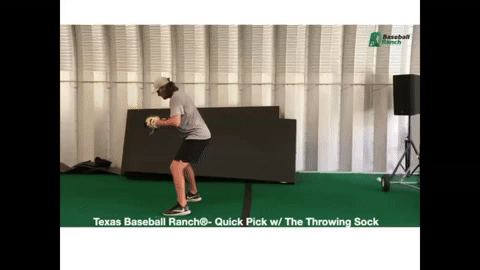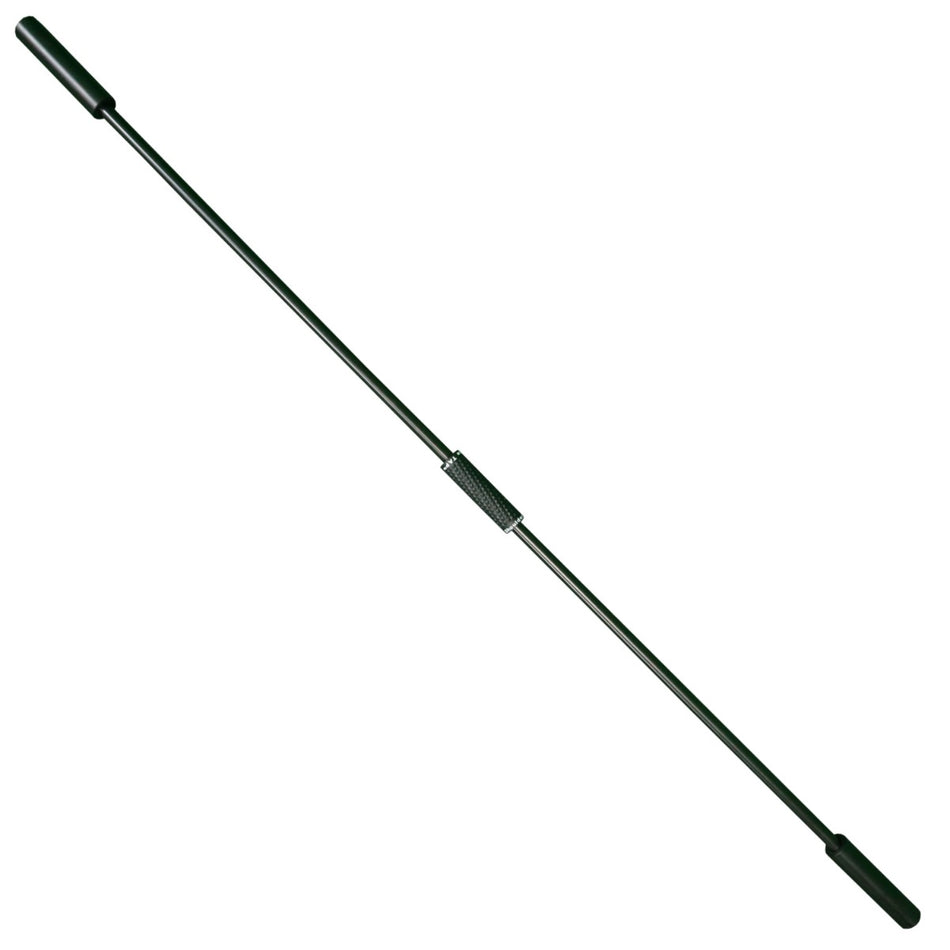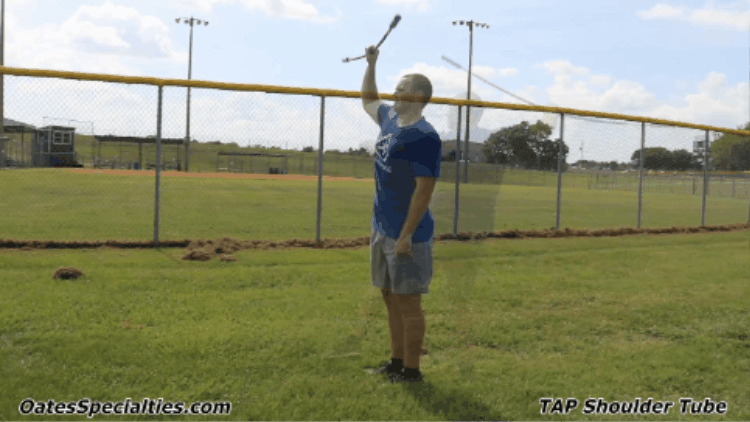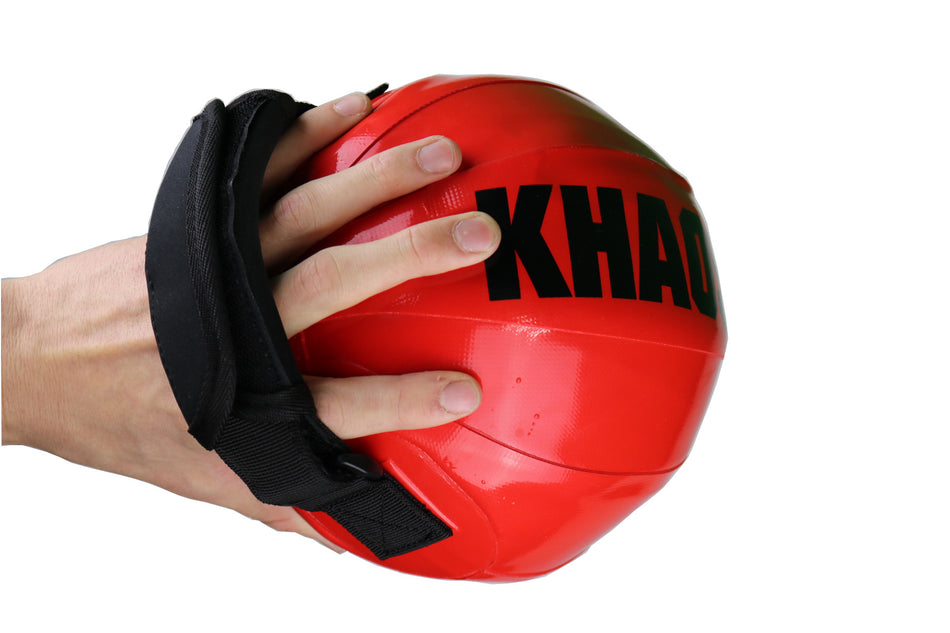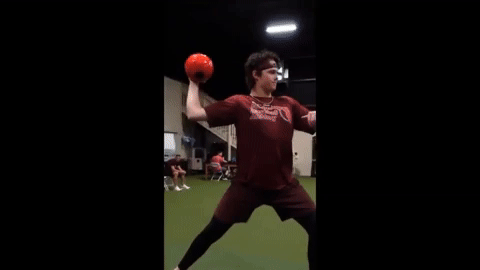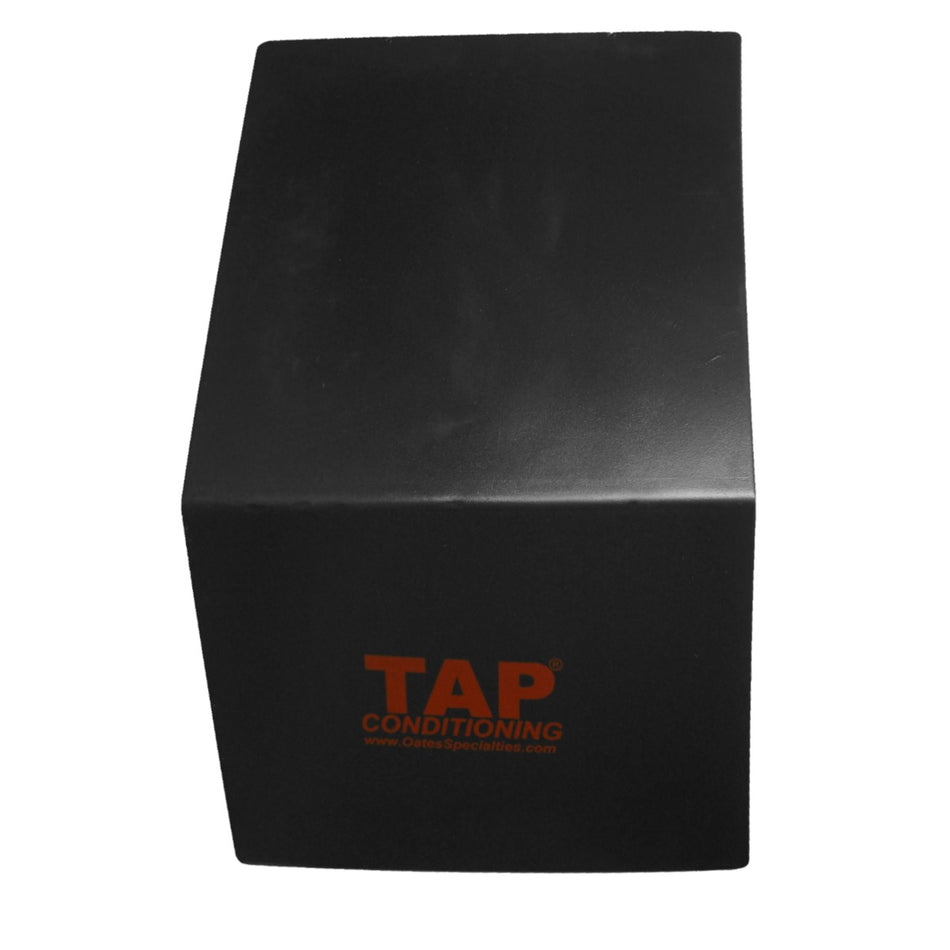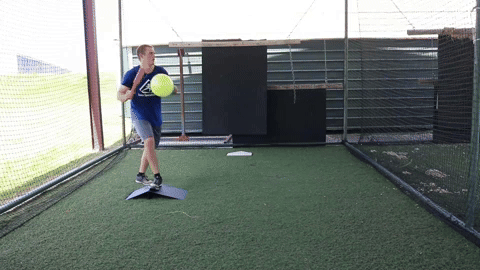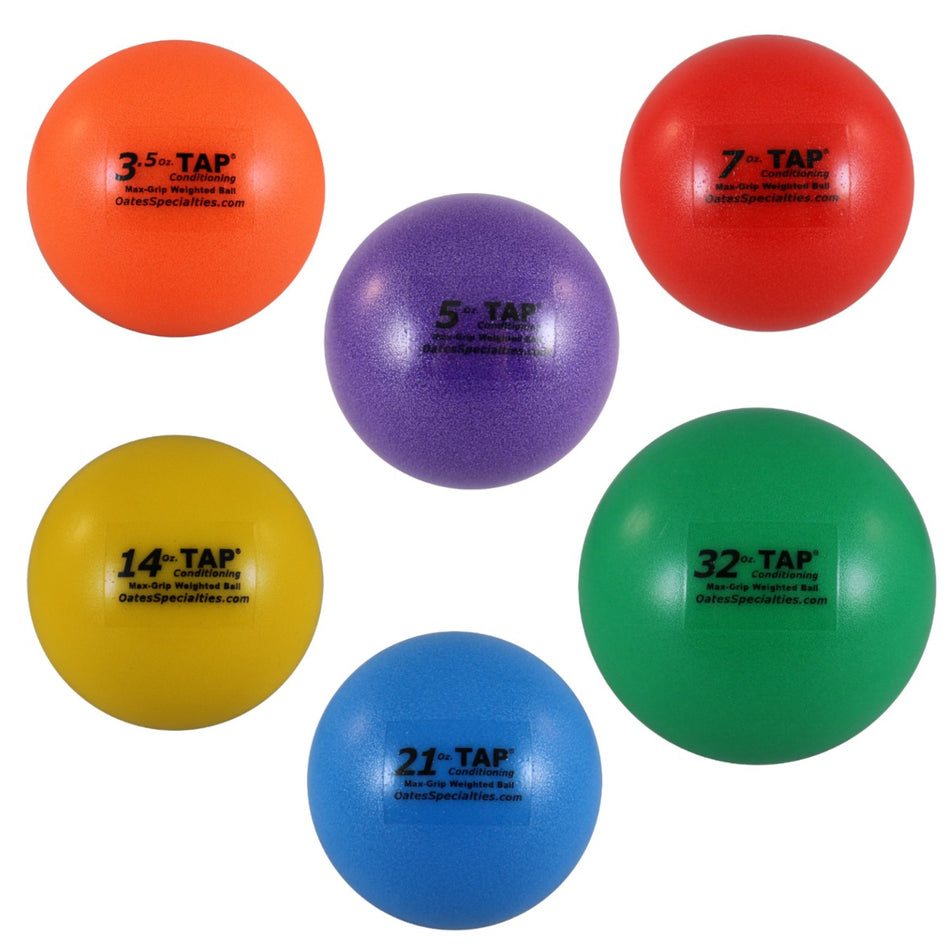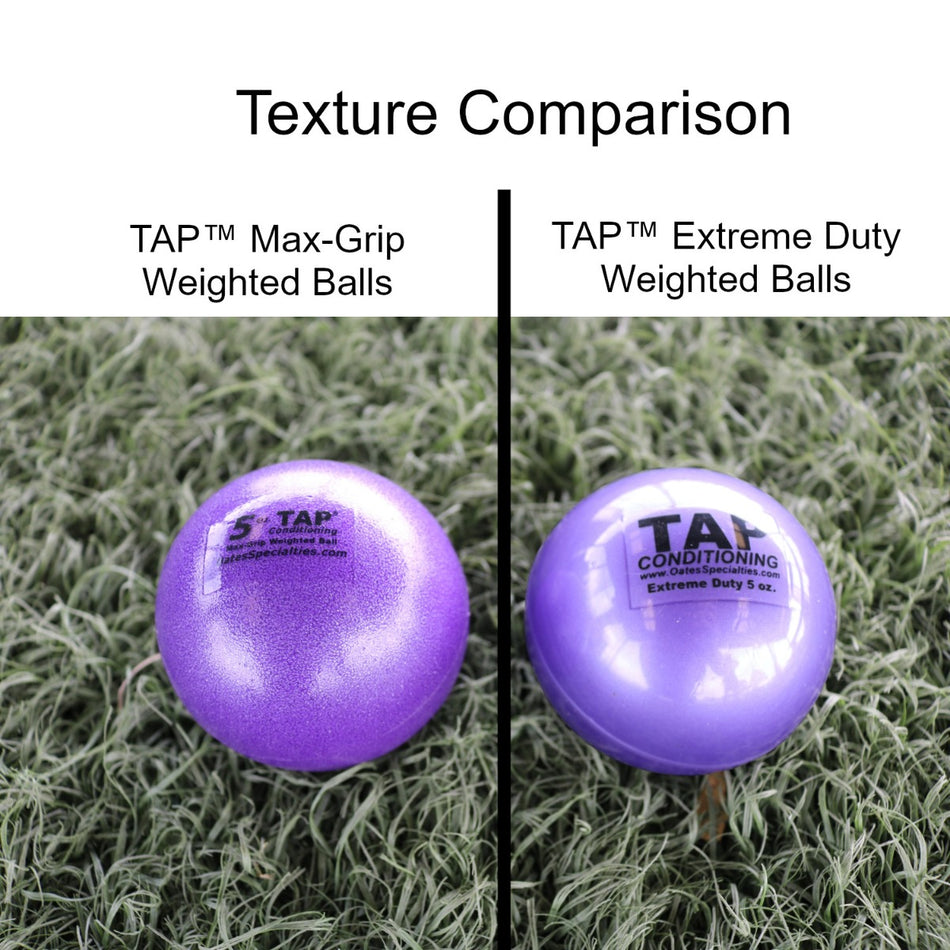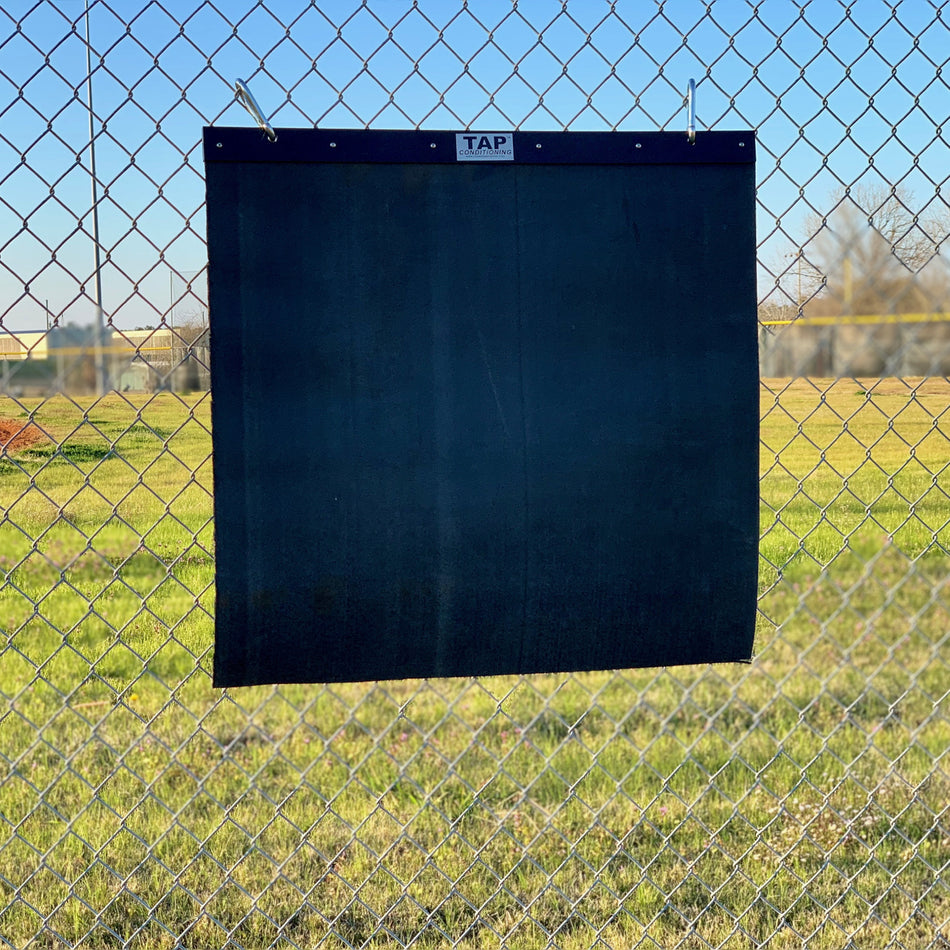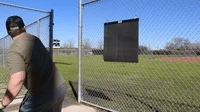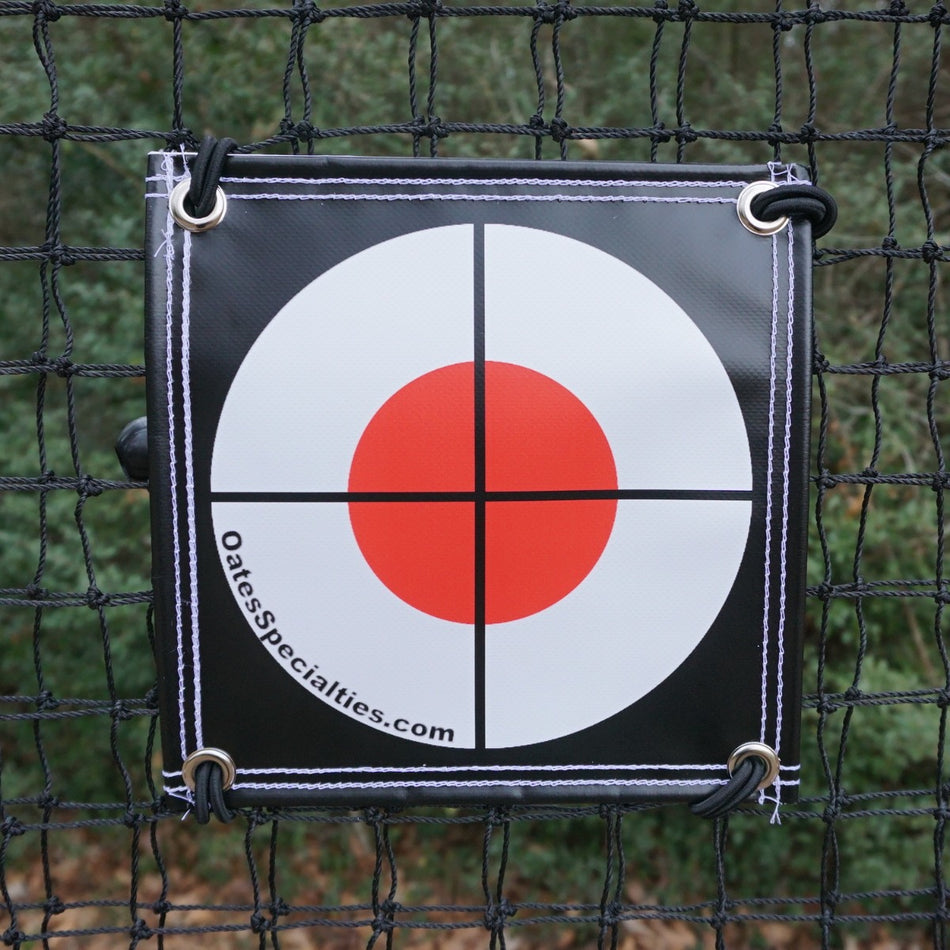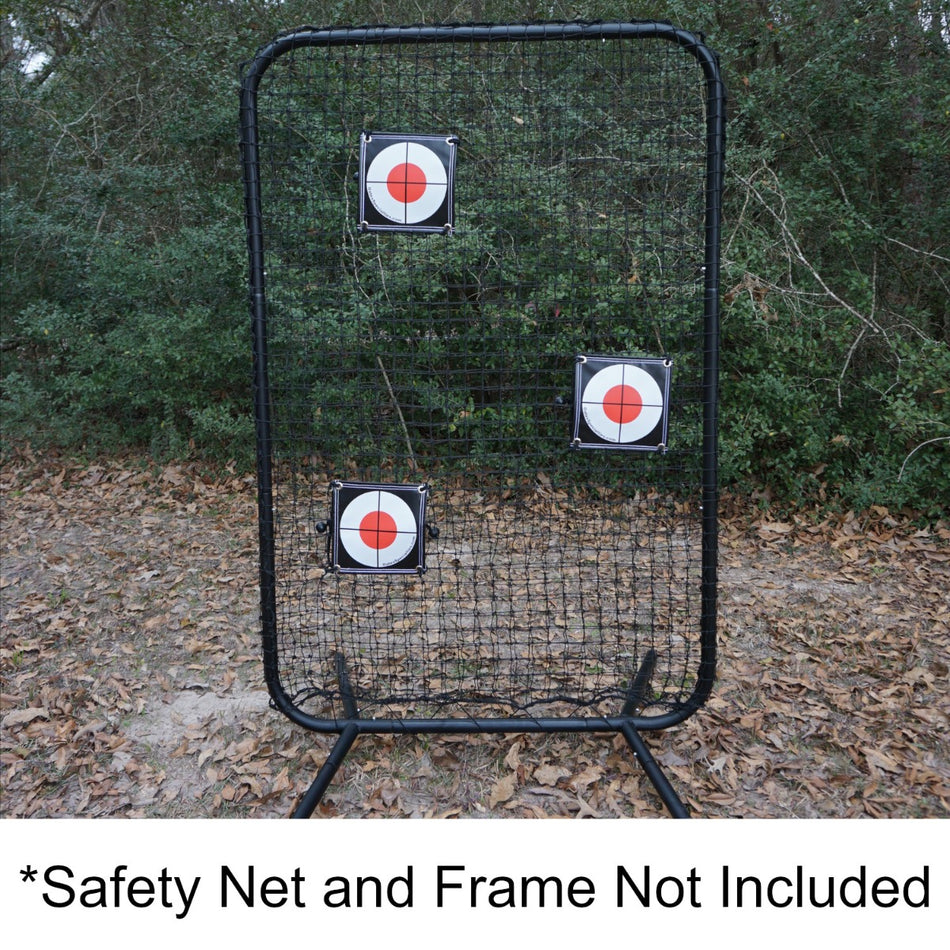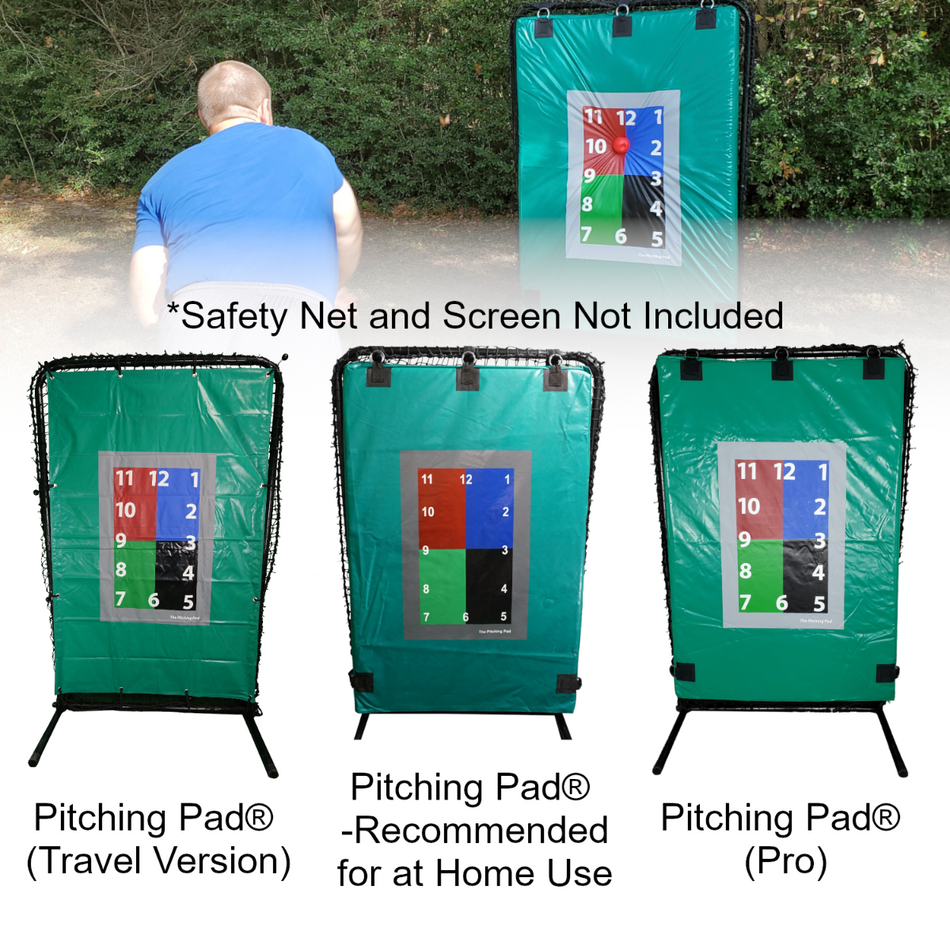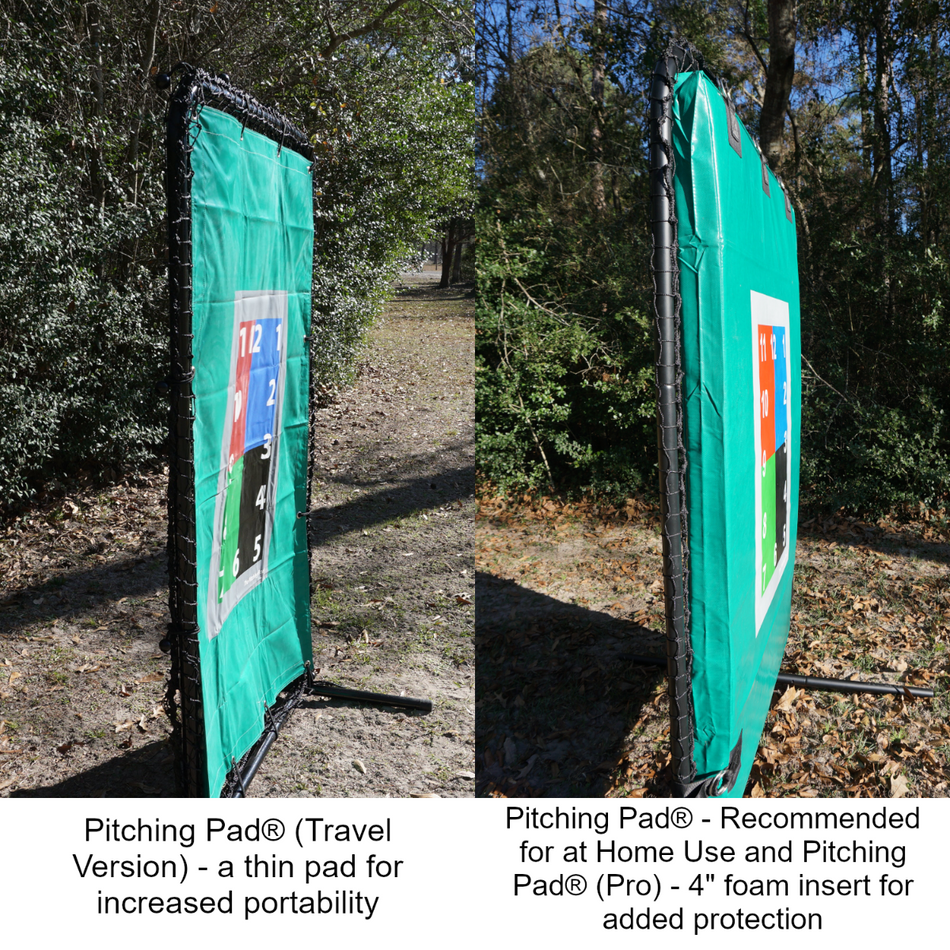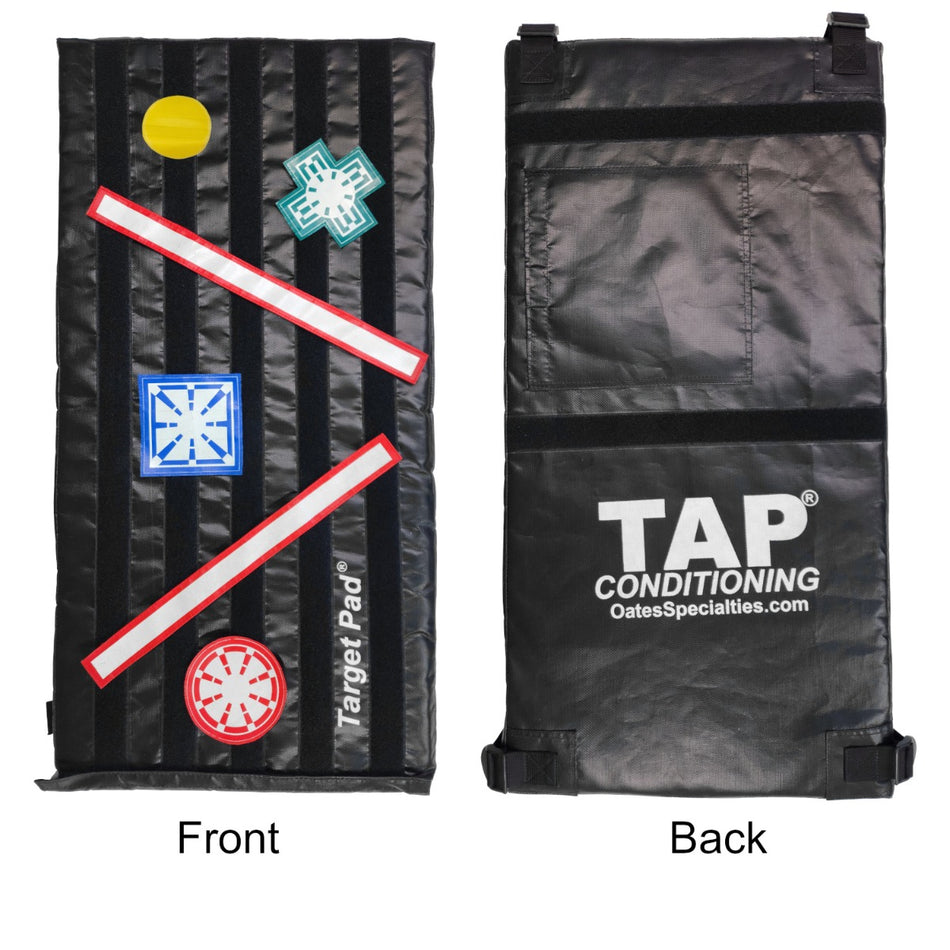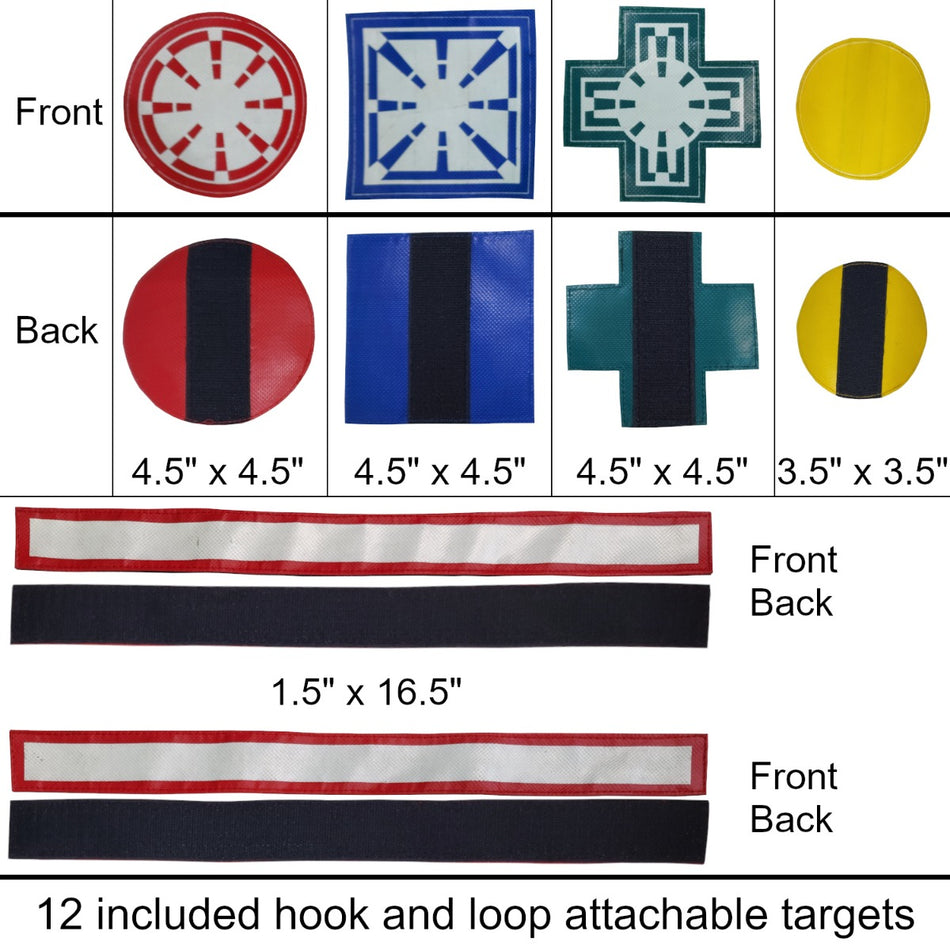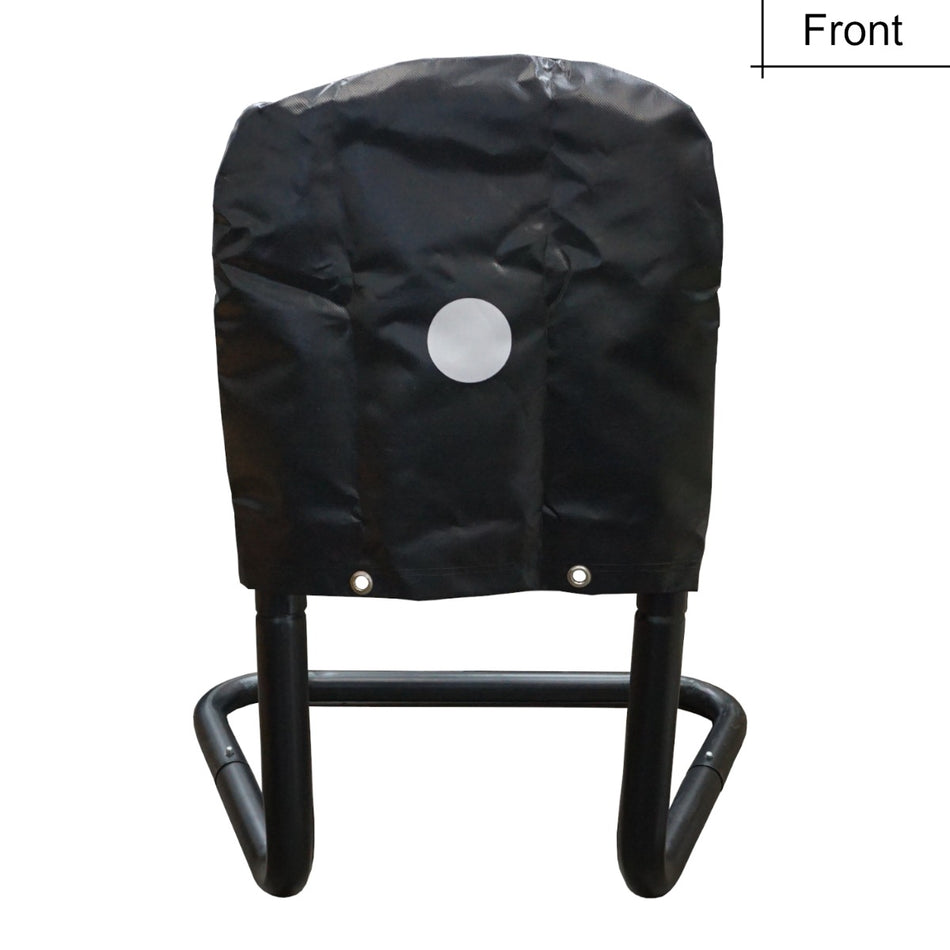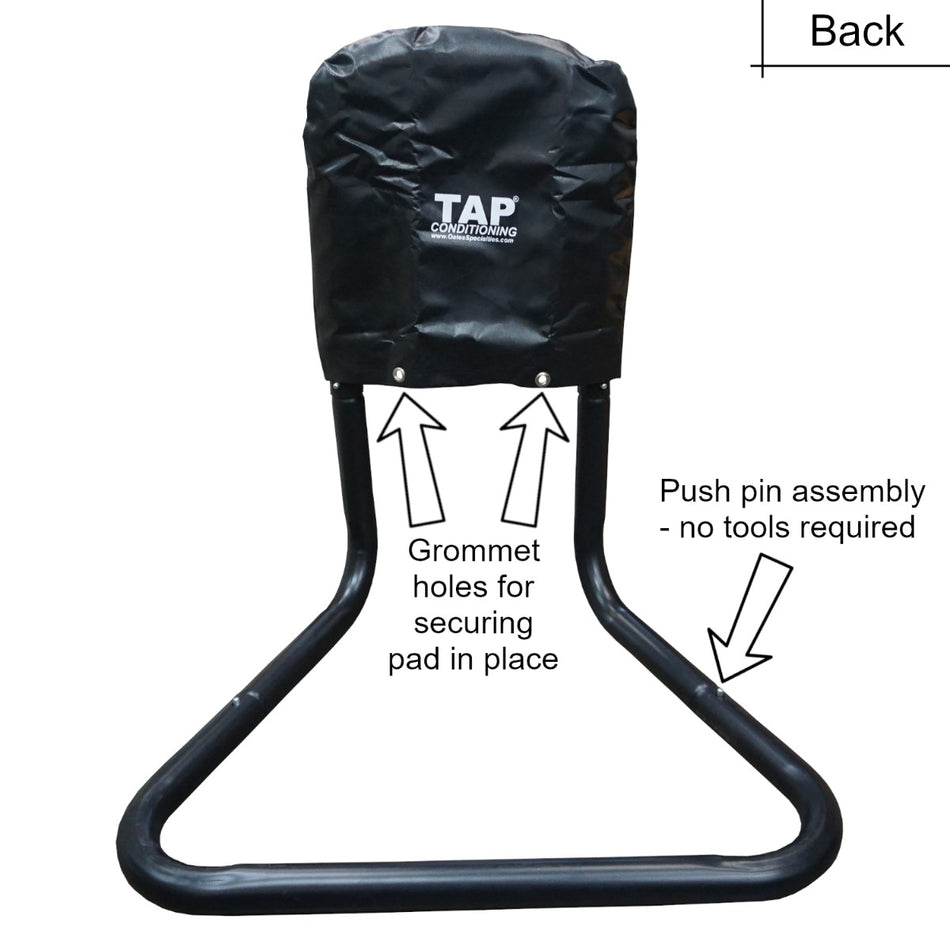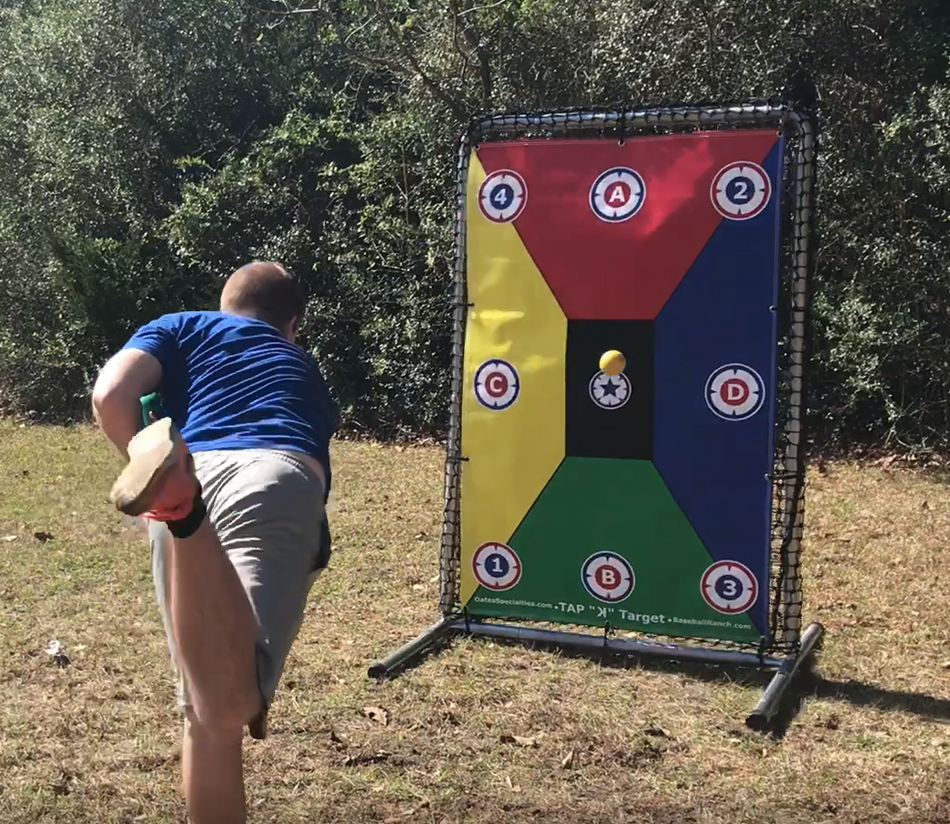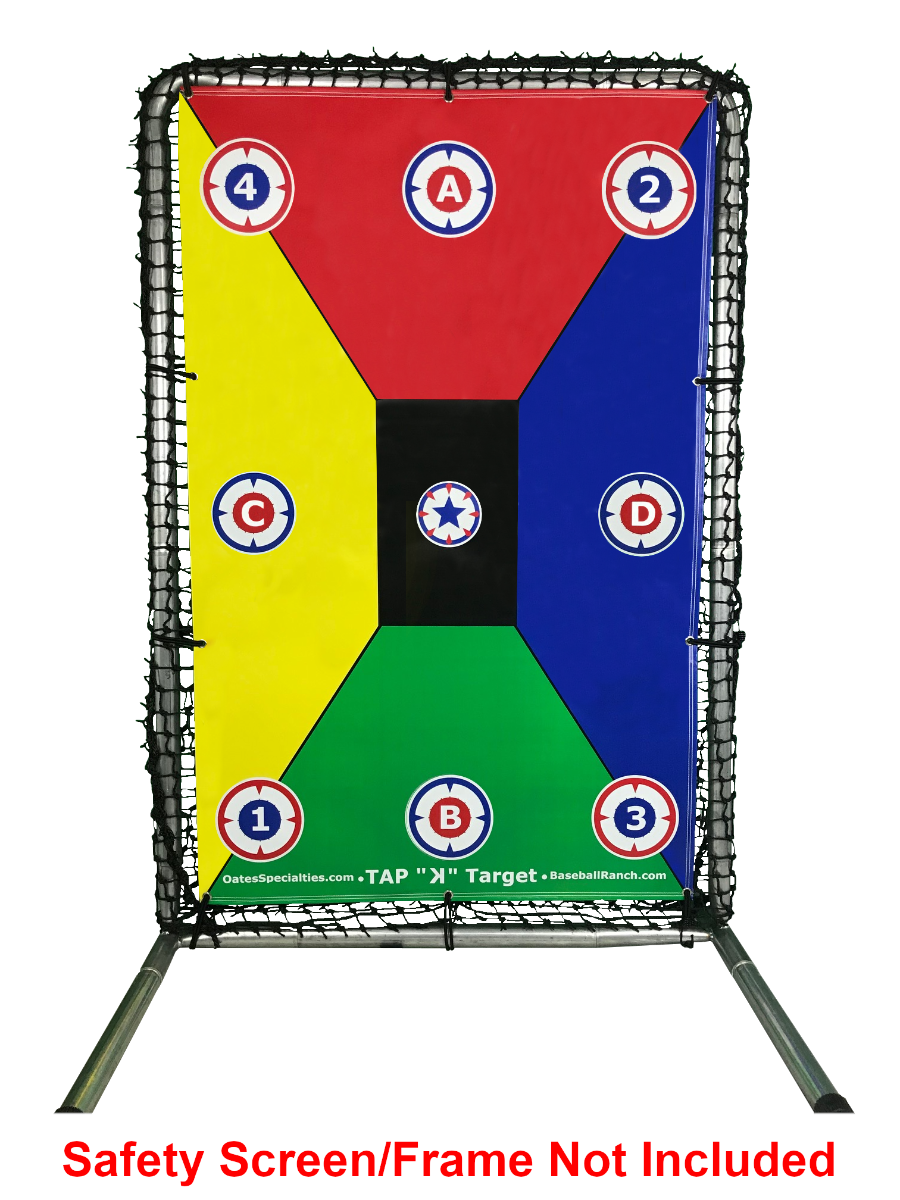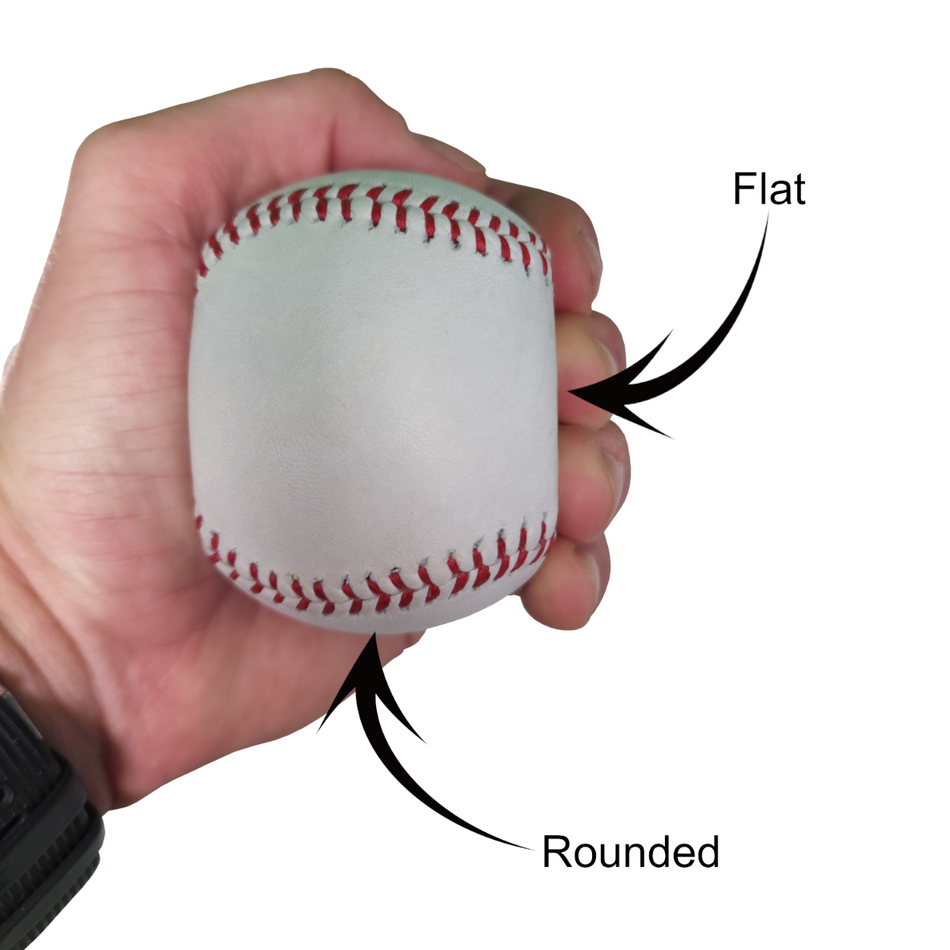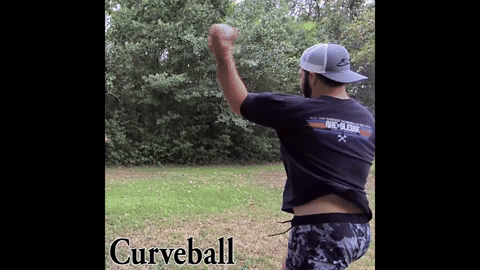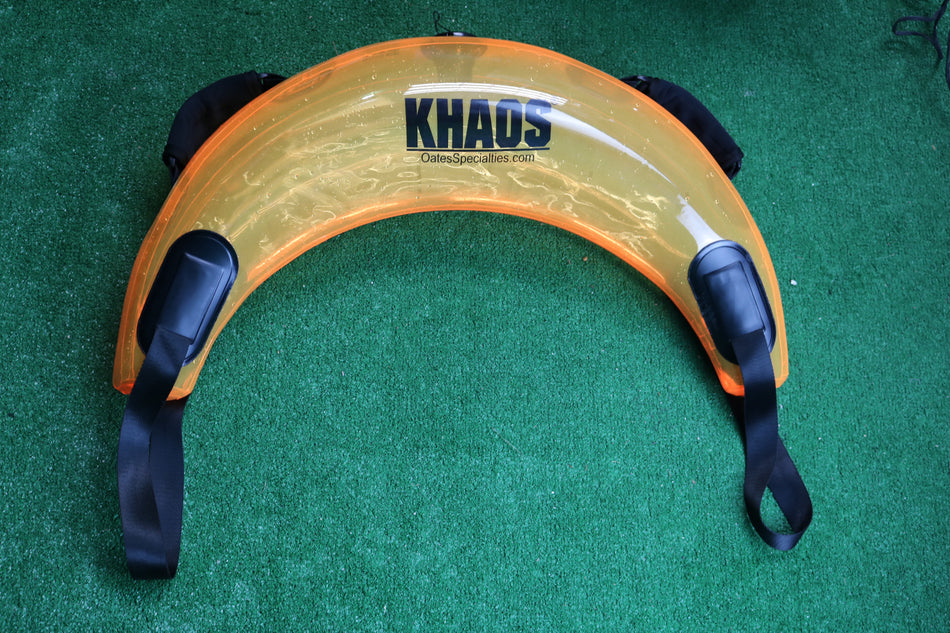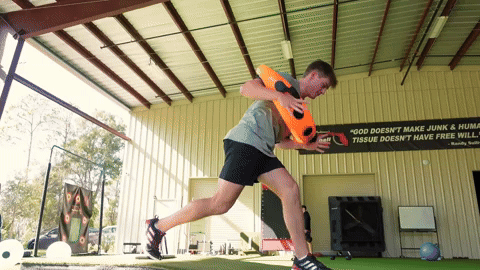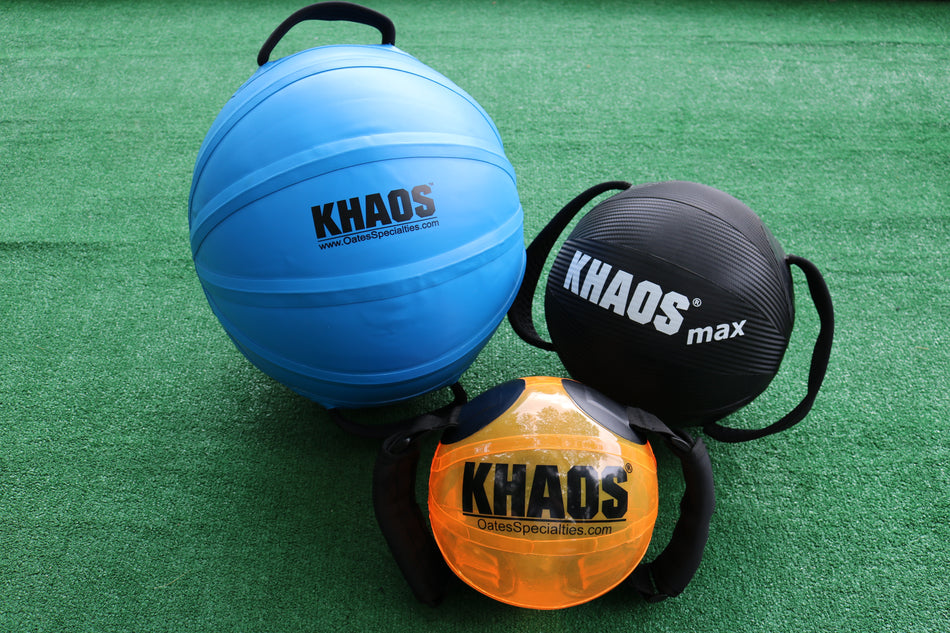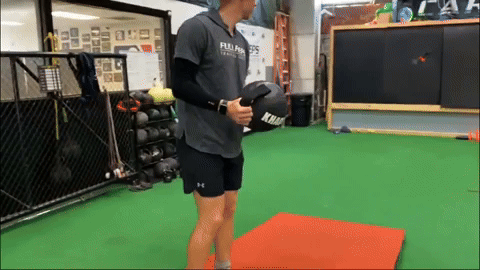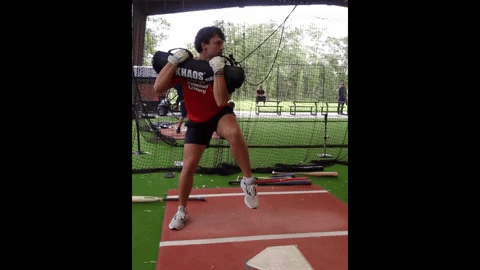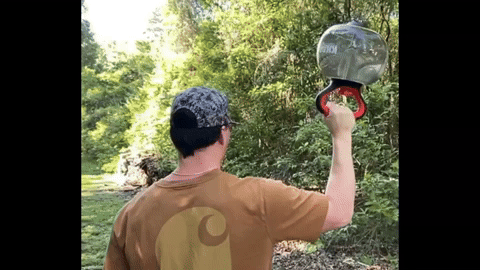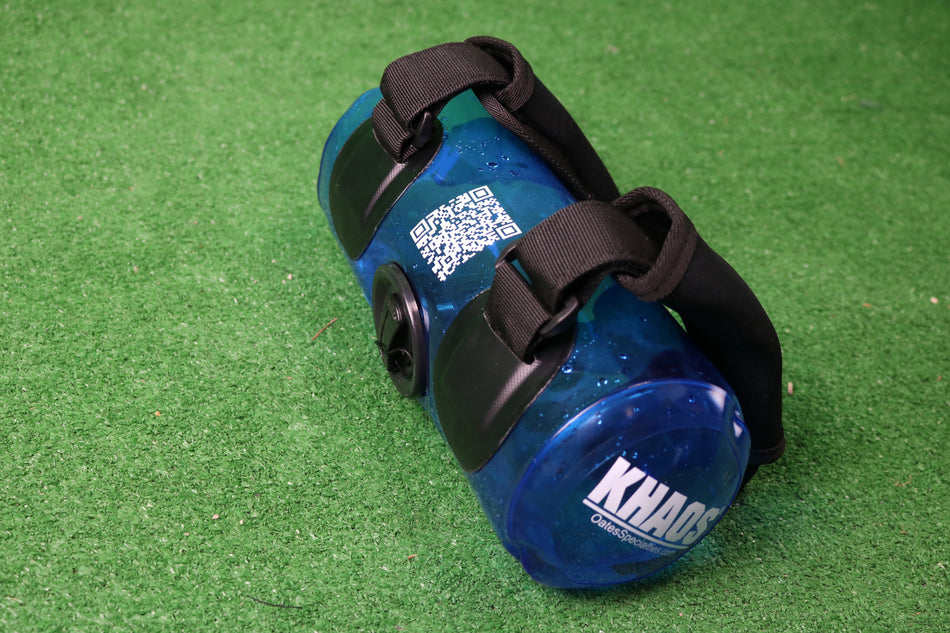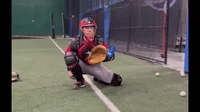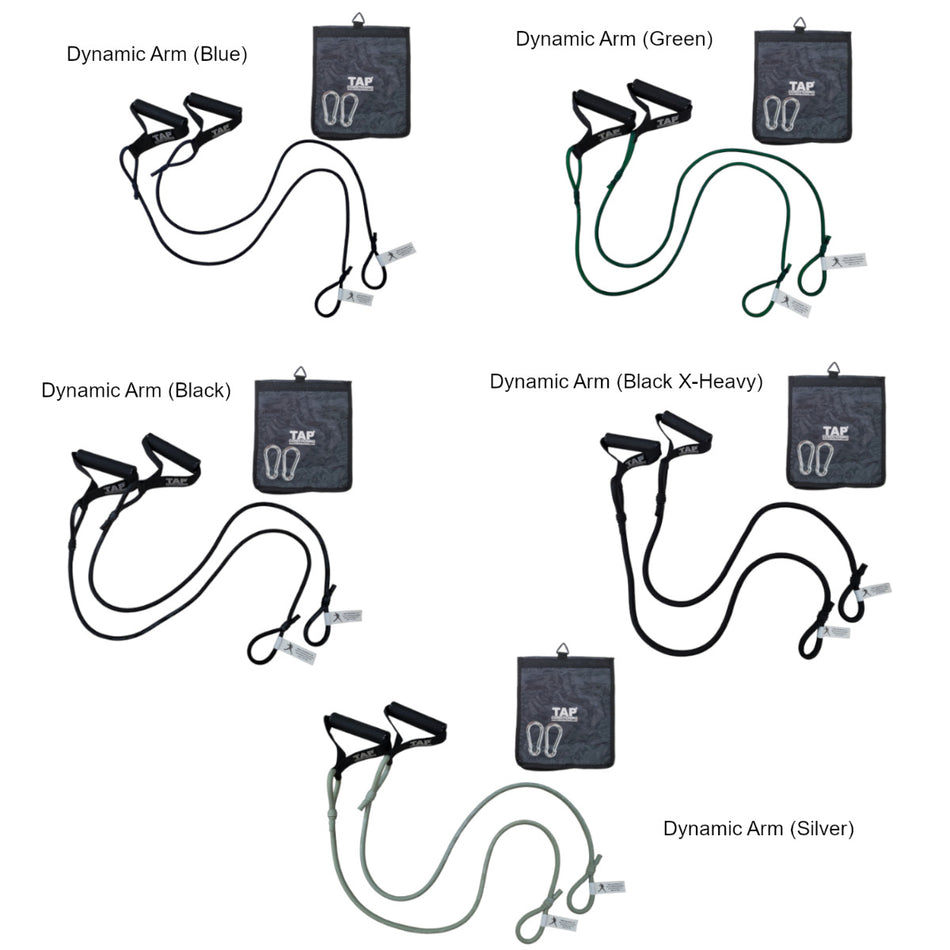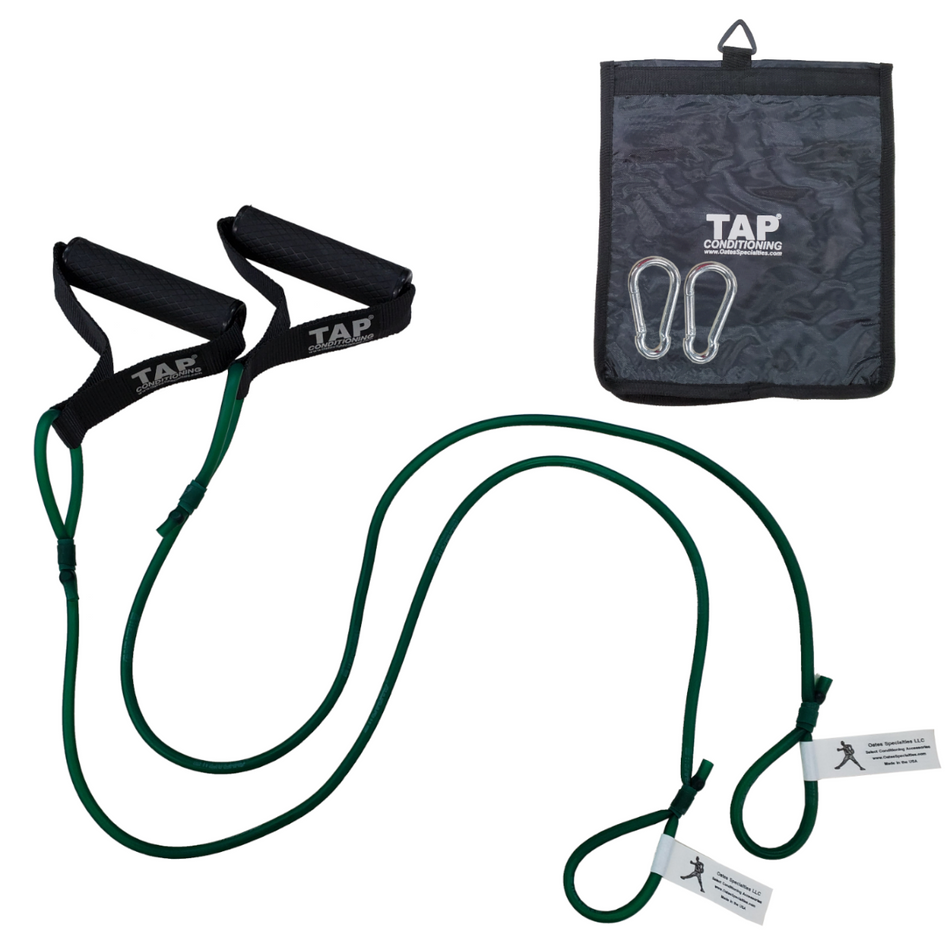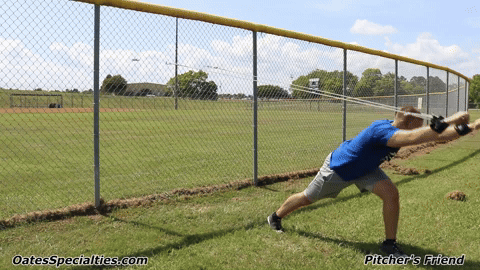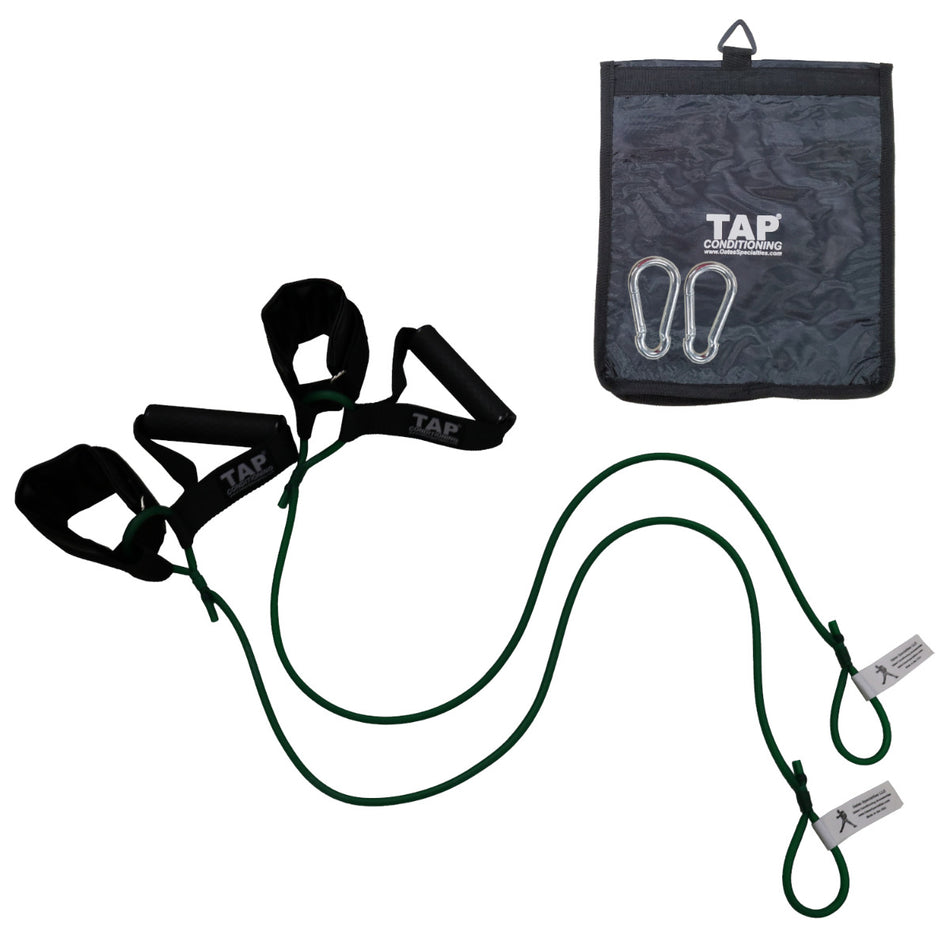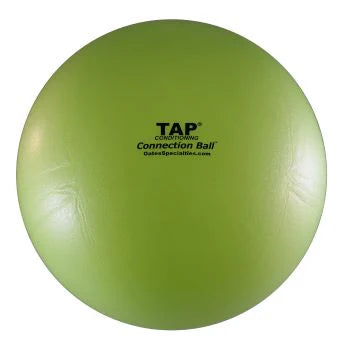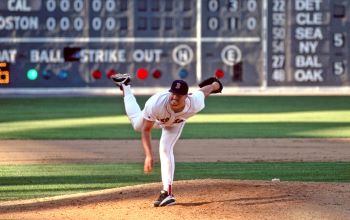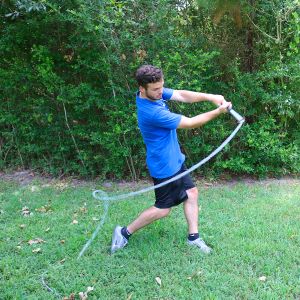Pitch trajectory is an extremely important but generally overlooked aspect of pitching. Most pitchers and pitching coaches spend their time focused on mechanics, velocity, or command and don’t think about the significance of how their pitches appear to hitters they face. For those of you wondering what I mean by pitch trajectory I’m talking about the path that a ball takes from the pitcher’s hand at release point to the catcher’s mitt.
During an at bat, the first information a hitter processes is the flight path of the ball. If a hitter doesn’t know where the ball is going then he will have a tough time getting out of the way if it’s headed toward him and an especially tough time making contact. Further, a hitter can often guess what pitch is coming from the immediate trajectory out of the hand. Therefore, a pitcher’s ability to keep all of his pitches on as close to the same line as possible will help to deceive the hitter by not tipping him off on what pitch is coming.
Generally, a pitcher throws his fastball more than any other pitch and so its path sets the baseline trajectory that a hitter gets used to seeing. Because different pitchers have different arm slots and release points, there is no “right” pitch trajectory. The key is for each individual pitcher to throw all of his other pitches as close to his fastball trajectory as possible. Usually the pitch that pitchers have the most trouble keeping on the same plane as their fastball is a curveball. We have all seen those pitchers who throw breaking balls that seem to pop up out of the hand at release. These are those big, looping breaking balls that many young pitchers seem to be obsessed with because it appears as though they break 6 feet. These pitchers want to believe they have the next Barry Zito curveball but unfortunately that isn’t usually the case because the spin is too loose which is often caused by a lack of arm speed.

When a hitter sees the ball pop straight up out of a pitcher’s hand he immediately knows that something offspeed is on its way. This is not good for a pitcher because the deception factor is already gone and the hitter is one step closer to timing the pitch for contact. While this type of breaking ball might work in little league or even high school, I know many college pitching coaches who favor the slider over a curveball because a slider tends to stay on the same plane as a fastball longer than a curveball. This concept is also the reason why the change-up is often called the best pitch in baseball. It looks exactly like a fastball all the way to the plate except it is 8-10 mph slower.
Although many pitchers don’t know if they need to improve their pitch trajectory with their offspeed pitches, it isn’t too difficult to determine. For one, if you have a big, looping curveball, you probably need to work on it. A great way to analyze the plane of your pitches is to set up a video camera behind home plate and record yourself throwing all of your pitches. Then watch in slow motion and track where each pitch is on the TV screen as they come in. It is often surprising to see how quickly a pitch gives the hitter an indication of what is coming.
Here is an example of a young pitcher who has had his pitch trajectory mapped. The first pitch he throws is a fastball followed by his breaking ball and lastly he throws a split finger fastball. As you can see from the pitches, the curveball which is marked in orange, rises higher immediately out of the hand than the other two. If I had to guess I would bet his split finger fastball, which is on the closer plane to the fastball, probably fools more hitters.
Next time I will discuss a few drills that a pitcher can use to specifically work on pitch trajectory as well as some thoughts to consider when in the bullpen to try and sync up all of your pitches in terms of their path to home plate.
Until next time, Brian Oates
Brian@Oatesspecialties.com


